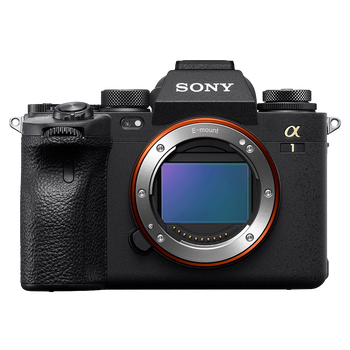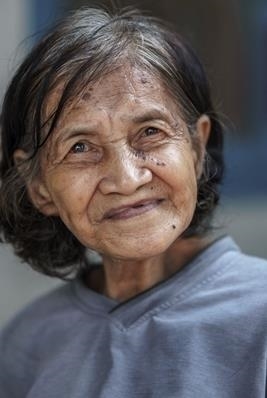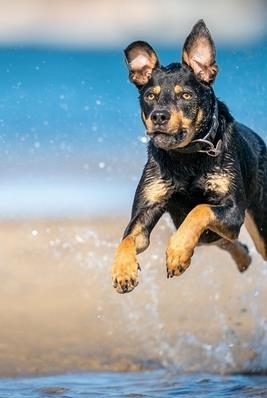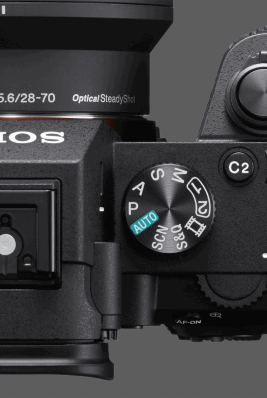Unleashing the Best Cameras for Sports Photographers in 2024
The thrill of winning and losing is still one of the purest forms of adrenaline to experience, both as an athlete and as a photographer. The moments that show the spectacle, the details you don’t see on the broadcast, and that special time of the game where it feels slow-motion like as the result hangs in the balance. The photos from these events have such an important role in historic storytelling, but also on a much simpler level - they bring people together. As we venture deeper into the digital era, the question I’m asked frequently is what camera is the best at capturing sporting moments time and time again?
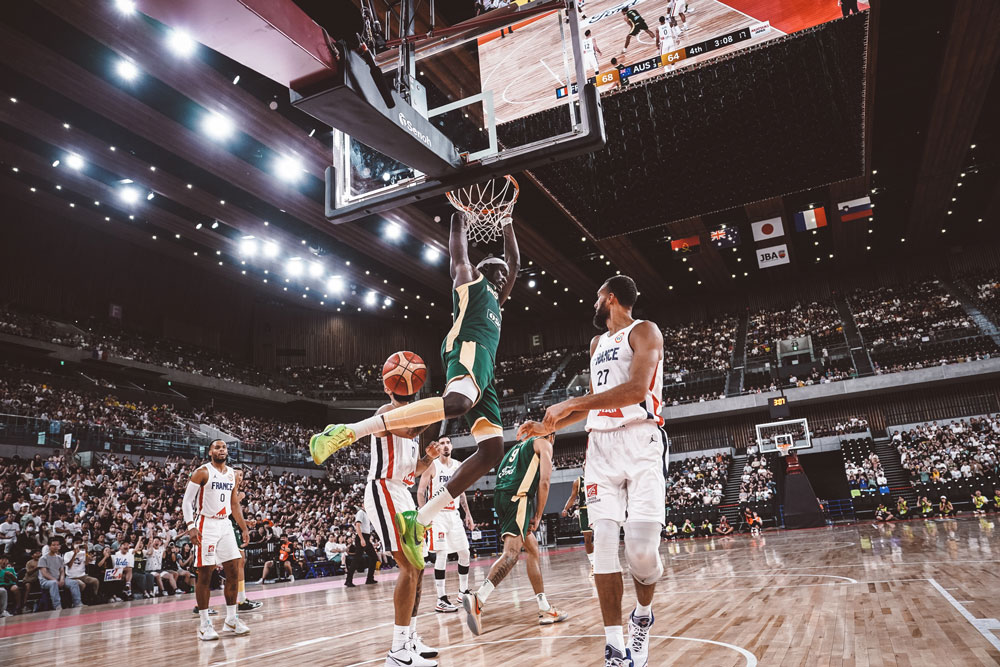
Sony Alpha 9 | 1/1000s | f/2.8 | ISO 2000
Choosing the Best Camera for Sports Photography
When you look from the angle of what camera is best for me?, instead of which camera is the best?, you’ll find your perfect camera. Do you need cable tethering? Do you shoot editorial? Do you shoot commercial? Do you create for social media? Do you need a little bit of everything?
If you are unsure of the answer, this is a great thing as you can experiment with what you enjoy and there’s likely to be relatively low stakes when going through this process.
We have been spoilt for choice with Sony. We have shutter speeds beyond what is needed for any use, multiple autofocus modes and as many frames per second as you will get in a slow-mo shot from a high-end cinema camera. The downside is that with so many features, if you are not familiar with how they work together you’ll miss the moments that matter. Take the time to get familiar with these options to ensure you’ll get the best out of your camera when it matters most.
The saying ‘speed kills’ also rings true for sport. When looking to buy a new camera for sports photography, the majority of work in this space is shot at a minimum shutter speed of 1/500. Without a camera that has the IQ to work flawlessly at and above this shutter speed, you will have an extremely low strike rate of quality photos.
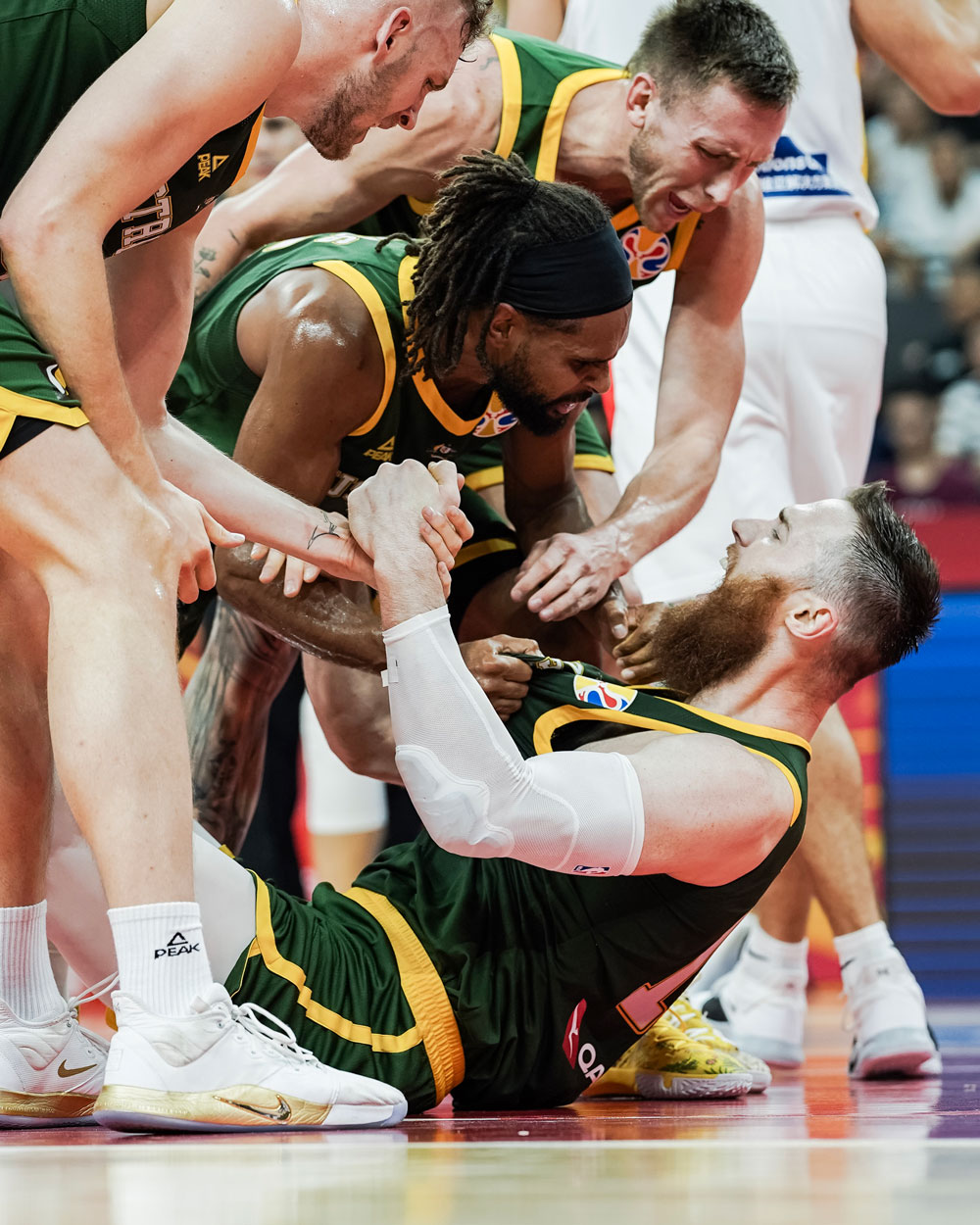
Sony Alpha 7 III | 1/1000s | f/2.8 | ISO 800
The evolution of Sports Cameras
We have come a LONG way since the iconic photo of Mr Laine holding a Tennis racket in 1843, where long exposures along with negative-positive processing was the only way. In the early 90’s we started seeing photographs taken in natural light with a handheld camera. Then in the late 90’s the first round of digital cameras for sports were able to be purchased. Sony was a late bloomer in the space, but were also somehow ahead of their time.
Only as recently as 2019 I vividly remember taking my Alpha 7 III to the FIBA Basketball World Cup, it was the only Sony camera I saw at the event. My peers viewed this as a hobby camera due to its toy-like size and unique build. Fast forward to present day, you will see cameras from the Alpha 7, Alpha 9 and Alpha 1 range out in force at any major sporting event.
Every year I wonder - where can cameras go from here? We can shoot 120 fps, focusing in virtually a pitch black scene at any EV level. Then also add in the fact that there is minimal noise within your shot. I truly believe now cameras are in a space where the user cannot blame their gear anymore - I’ve been able to shoot smooth photos with my Sony RX100 VII at ISO 4000, 1/640, f4.5 from my seat at an NBA game. Is this the best photo I’ve taken? Of course not, but you get the point.
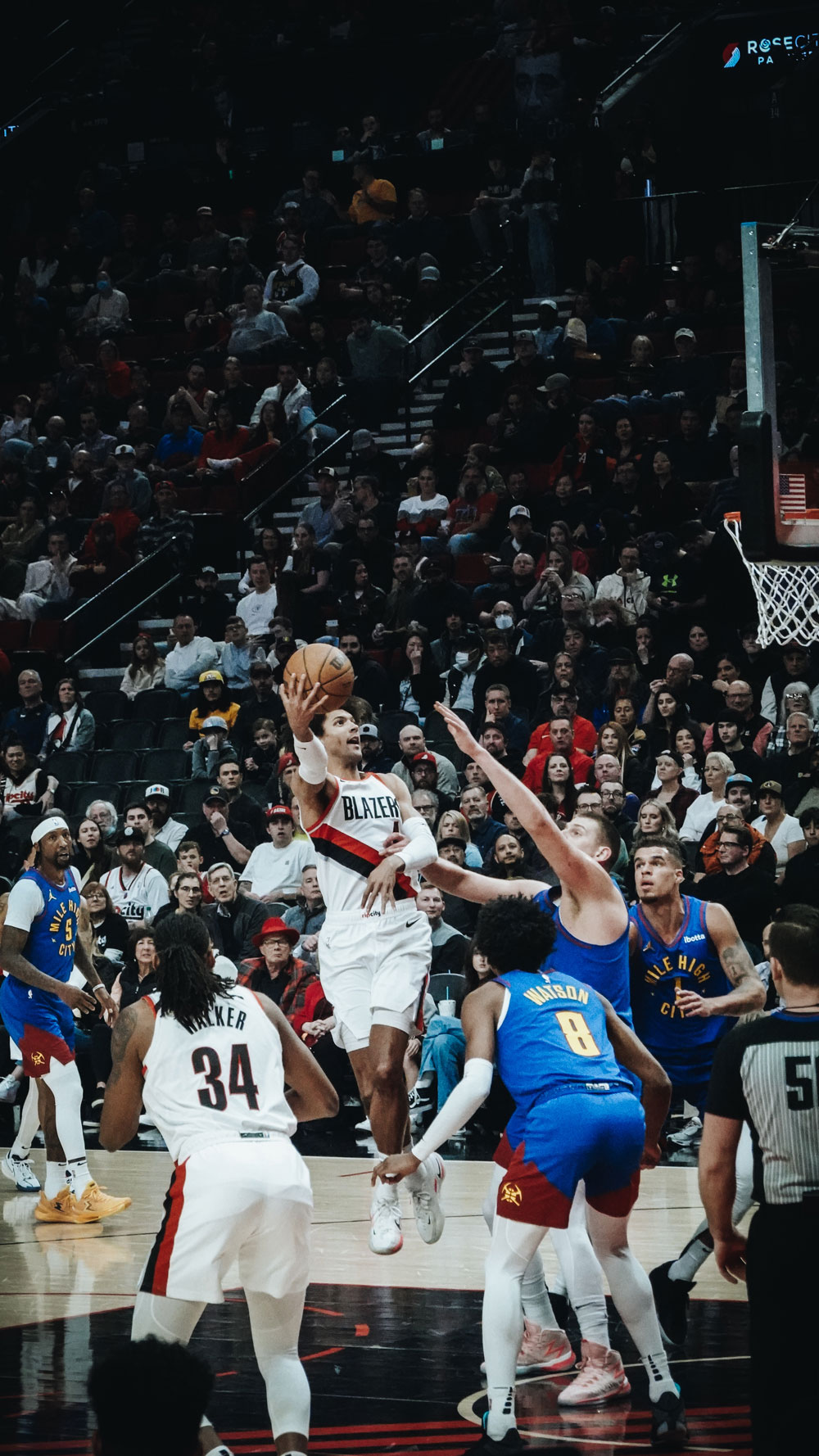
DSC-RX100M7 | 1/640s | f/4.5 | ISO 4000
Testing Methodology for your preferred Cameras
My favourite part of finding a new camera is the testing phase. I strongly urge everyone to hire a camera for a day - even if you are sure of what you want. I will usually aim to try one camera above my budget, two in my budget, then one below. Take them to the most difficult setting I’d ever shoot in - for me this would be a poorly lit basketball court with dark coloured floors + dark interiors with no seating. Aiming to create as many artefacts and adding as much grain as possible when shooting in my desired settings. After editing I will view the image on my phone and on my laptop. If I have to zoom in 400x to see any difference, I will opt for the cheapest option and consider lens upgrades with the money saved. If I was shooting a billboard and needed it spotless at 400x, I’d rent the camera that would be pixel perfect as big as I can imagine when I specifically needed it.
To ensure fair and accurate testing I recommend looking at reviews as they have great information and hands-on thoughts to pick the cameras you'd be interested in, but doing your own testing brings the consistency needed to make an educated purchase. Eliminating any form of light, speed or colour bias is very important. To fairly compare, try to shoot in the same location with the same camera at the same time of day, with the same weather conditions.
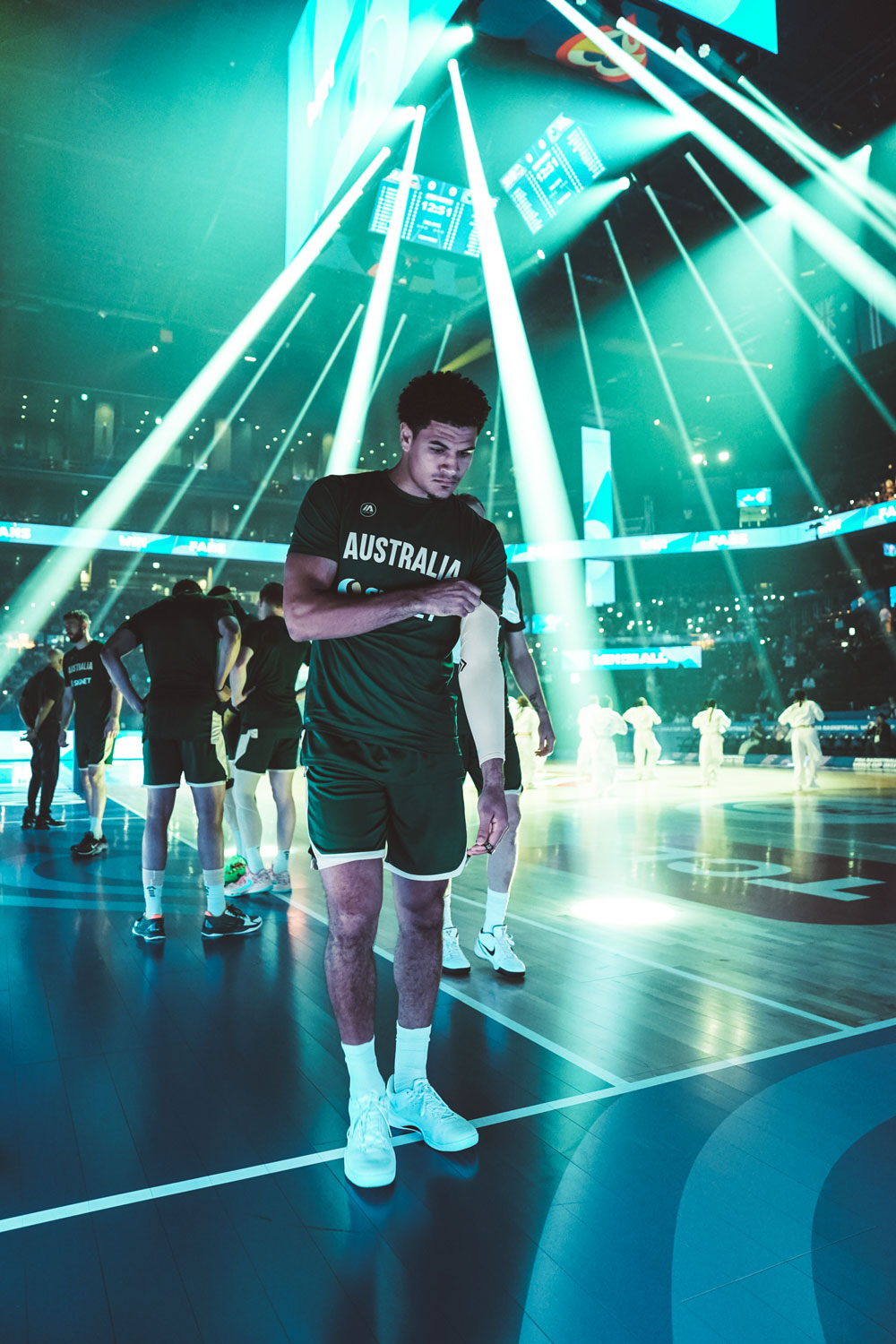
Sony Alpha 9 | 1/250s | f/2.8 | ISO 2500
My Top 3 Sony Cameras for Sports Photography
This is where what you shoot is very important, as the answer could potentially vary. Each of these models are more than capable of achieving pro results in any sporting setting. For full transparency I use the original Alpha 9 - and if it wasn’t discontinued I’d buy another one. For me, it ticks all the boxes I personally need for shooting sports (predominantly basketball) at the highest level. With that said, here are my top 3 current Sony Cameras for Sports Photography.
Absolutely no debate. If you had one camera to photograph any sport, in any setting or environment, this is the best. The faster the sport or event, the more you’d get out of this camera. The Alpha 9 model is so smart, you simply can create images that other models won’t give you an opportunity to see. Then if you miss, there is a pre-capture feature. 120 fps is absurd, and rarely needed, but if you cannot afford to miss a shot, or enjoy the piece of mind, it is there.
This is a distant second, and by no means is that a slight to the Alpha 1 model, the Alpha 9 III is just world-leading. This is the pinnacle of hybrid cameras, so what I like is for people who also have to shoot video (very common now to shoot both) this will more than serve that purpose too. If you only shoot photography, the Alpha 1 could be overkill for what you need. The speed, the accuracy, the processing are all elite, and you have the added luxury of more megapixels to play with in the edit if you need to crop or print.
Third on my list for photographers is the Alpha 7R V, but if I had a specific shoot for a billboard, this would be number 1. The size of the image you can get from this camera is big enough to stop traffic in Times Square. In saying that, you’ll need a fast memory card and plenty of storage to keep up with the file sizes. This is no slouch IQ-wise or performance-wise, and produces images that are on par with the Alpha 9 and Alpha 1 to the naked eye. In lower light it is slightly behind, but again, to the naked eye or on social media you won't see the difference.
Honourable Mention
I had to add this camera in because it is the camera I see the most when at events that are not at the world-class level. That doesn’t mean the camera is not capable, that is usually due to there being increased budgets as leagues go up so people opt to upgrade. I started with the Alpha 7 III and upgraded for the same reason. The quality of photo (and video) that you see from this hybrid camera online is no different to any of the cameras above, the main difference is usually the calibre of the subject in the frame. If I was starting out again I’d do it the same way - I would opt for the best camera I could afford in the Alpha 7 range and work it tirelessly until it looked like images captured with the Alpha 9, Alpha 1 or Alpha 7R range. Then upgrade accordingly as my career grows.
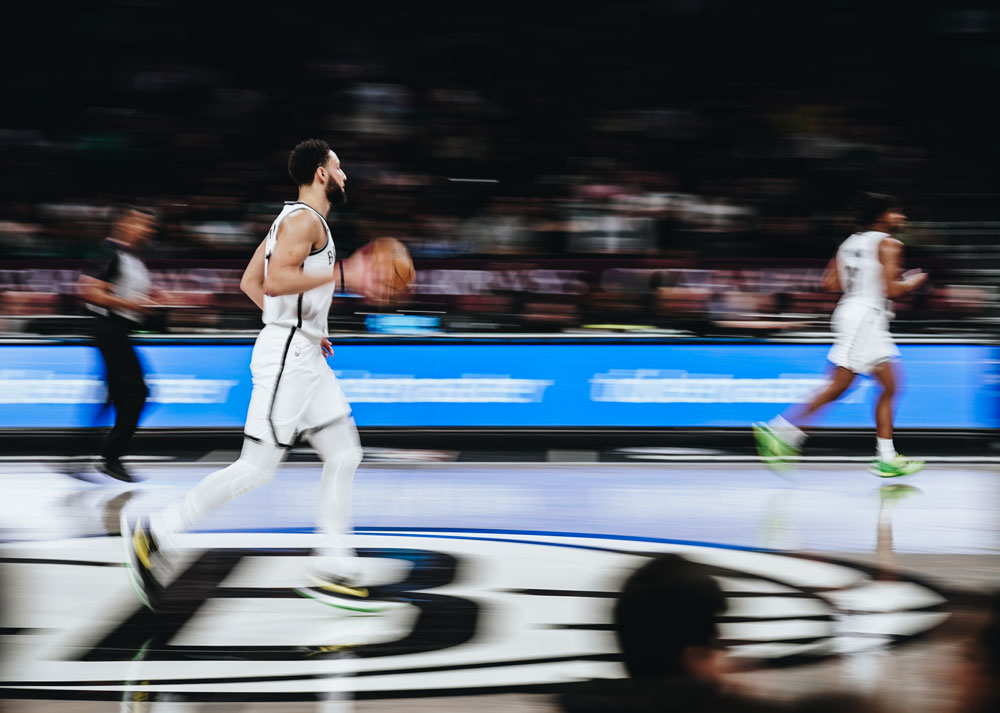
Sony Alpha 9 | 1/15s | f/8 | ISO 500
Essential Camera Accessories for Sports Photography
To get the most out of high-performance cameras, you really need to invest in the right accessories. Your images will only be as good as the lens you are using, and the speed in which you can take images is only as fast as your memory card can write. Sports are relatively simple in the accessory space as everyone more or less needs the same things.
Must have camera accessories in your bag for sports photographers
- Fast lenses that are f2.8 and under
- Variable ND filter/s and step rings + UV filters if shooting outdoors
- Battery Grip
- Spare Batteries
- Spare SD Cards
- Rocket Blower
- Microfibre cloth
- SD card to USB C/lightning card reader
- Ethernet to USB C adapter
Frequently Asked Questions about Cameras for Sports Photography
We use similar settings, why don't they look the same?
Editing does a lot of the heavy lifting in post, when I started I spent more time learning how to edit than taking pictures.
What do I use to edit photos?
Adobe Lightroom.
What mode do you recommend shooting sports with?
I strongly suggest going completely manual for any kind of sport.
What is the most underrated setting when shooting sports?
Kelvin white balance.
Prime lenses vs Zoom lenses in sports photography?
If you are okay with missing a few shots and just want the best images - prime lenses. For versatility and a higher strike rate - zoom lenses. I like to swap between both depending on the day.
What memory cards are best for sports photographers?
Sony TOUGH v60 & TOUGH v90 along with CFexpress Type A
If you could pick one cheap lens to start in sports photography, what would it be?
Sony 50mm f1.8 (even though I don't own this lens, if starting now on a budget I’d choose this)
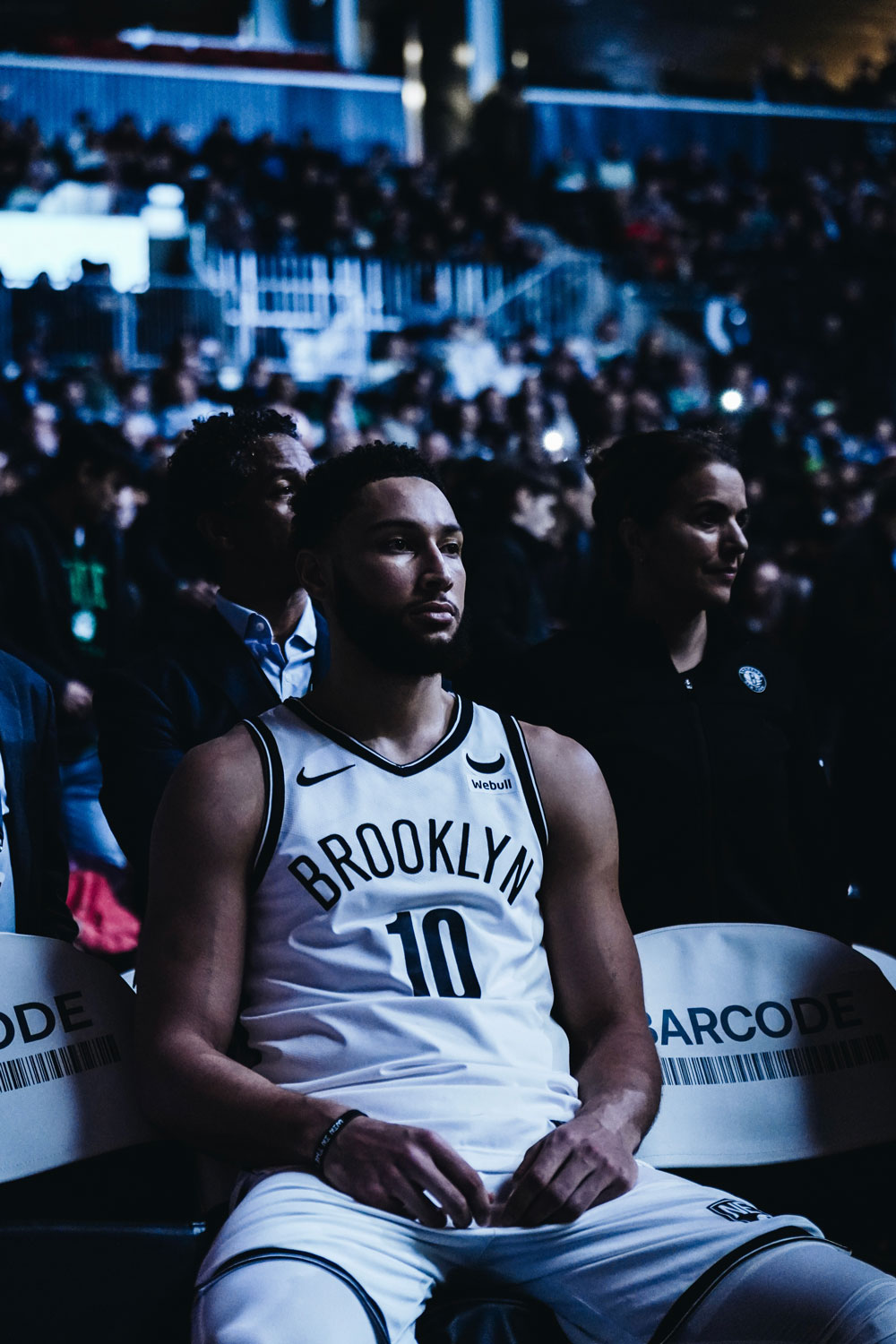
Sony Alpha 9 | 1/125s | f/3.2 | ISO 2500
Tips to optimise your camera settings for sports photography
I am a firm believer in starting with what you have and making that work until you’re required to upgrade. Shooting outside during sunlight hours is the easiest place to get a sharp and clean photo with whatever setup you have right now, you could do this on completely automatic settings. This is assuming you are shooting people that are moving. If you are shooting indoors though, this is a little more difficult. But here is a guide to help find a baseline with an unnatural light source.
Shutter speed: Between 1/650 to 1/1000
ISO: Bump this up to a level where it looks exposed to the eye, even if this means 4000-10000 - this is easy to work with later on Sony cameras
Exposure Value: I personally like to end up around -0.3, slightly underexposed for richer blacks and shadows
Aperture: Start at f3.2 - which is the shallowest length for getting an athlete's full body in focus
White Balance: Set this manually in Kelvin mode. Assuming 5500K is daylight, you’ll likely end up somewhere well below this. This part is done to taste, I like to drop it until it looks natural to my eye. Getting this in the ballpark will save you a lot of time in post editing, as all your other colours will be true.
With editing software being able to easily account for noise with reduction tools, you can come back for any grain picked up from using a higher ISO. In my experience so far, it has been much easier tackling noise than trying to save a severely underexposed or overexposed photo. The viewer will also flinch less at noise in comparison to exposure.
I strongly suggest everyone to find a process that works for them, mine is based on personal taste and what I believe in through trial and error over the years. I am sure there are other ways that work just as well, if not better, while saving time. I very much learn as I go, so stay tuned for new thoughts as I continue my own creative journey. If you’d like to see my work and follow along you’ll find me on Instagram and TikTok at @adekponya . If you enjoyed this or have any questions or thoughts, I’d love to hear from you!
Enjoy! But not too much or you might miss it :)
Matthew Adekponya
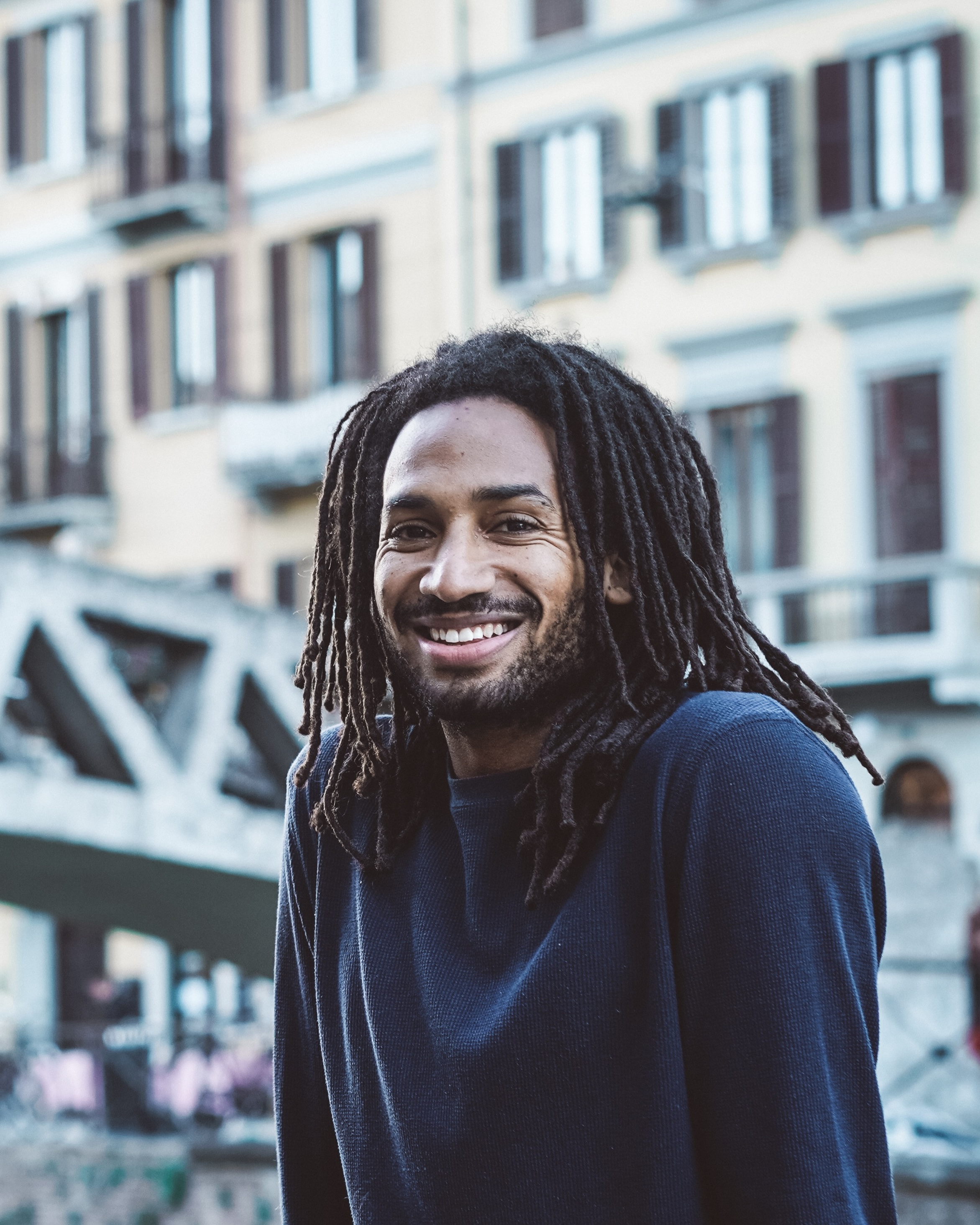
Matthew Adekponya
I'm a proud dual-citizen, celebrating my Ghanaian roots and culture along with my Australian upbringing. From an early age I've had a deep passion for basketball, which turned into a full university scholarship in the USA, then a professional career spanning across eight countries.
Now, I use those lived experiences both athletically and culturally to tell stories through sport, and have worked with some of Australia's most iconic athletes, leagues and National Teams. While I still spend meaningful time in Australia each year, I am currently based in the United States working within the mecca of basketball - the NBA.





